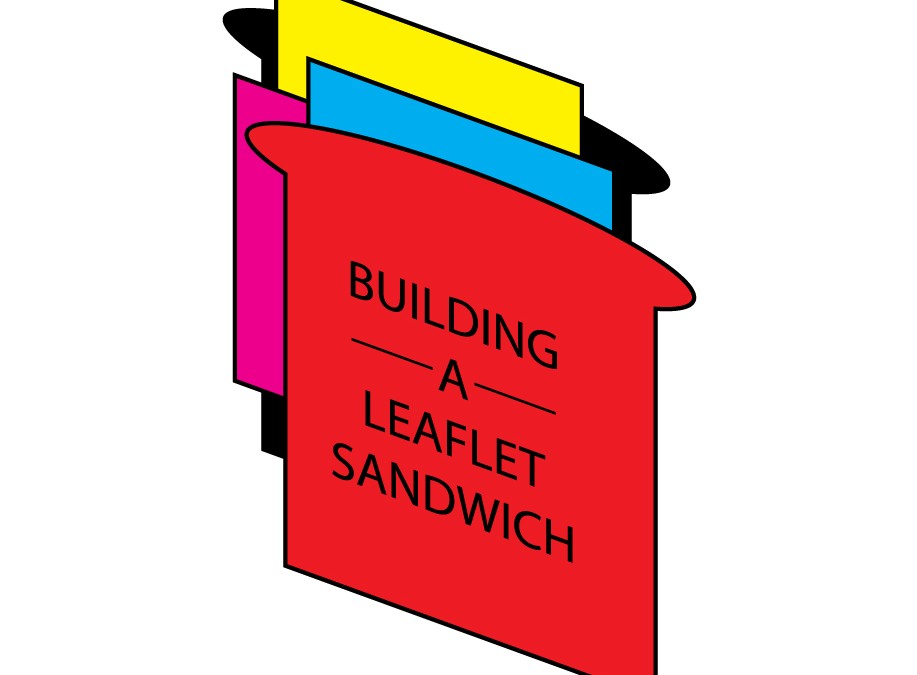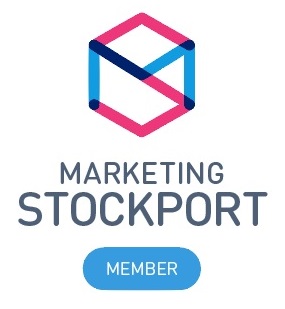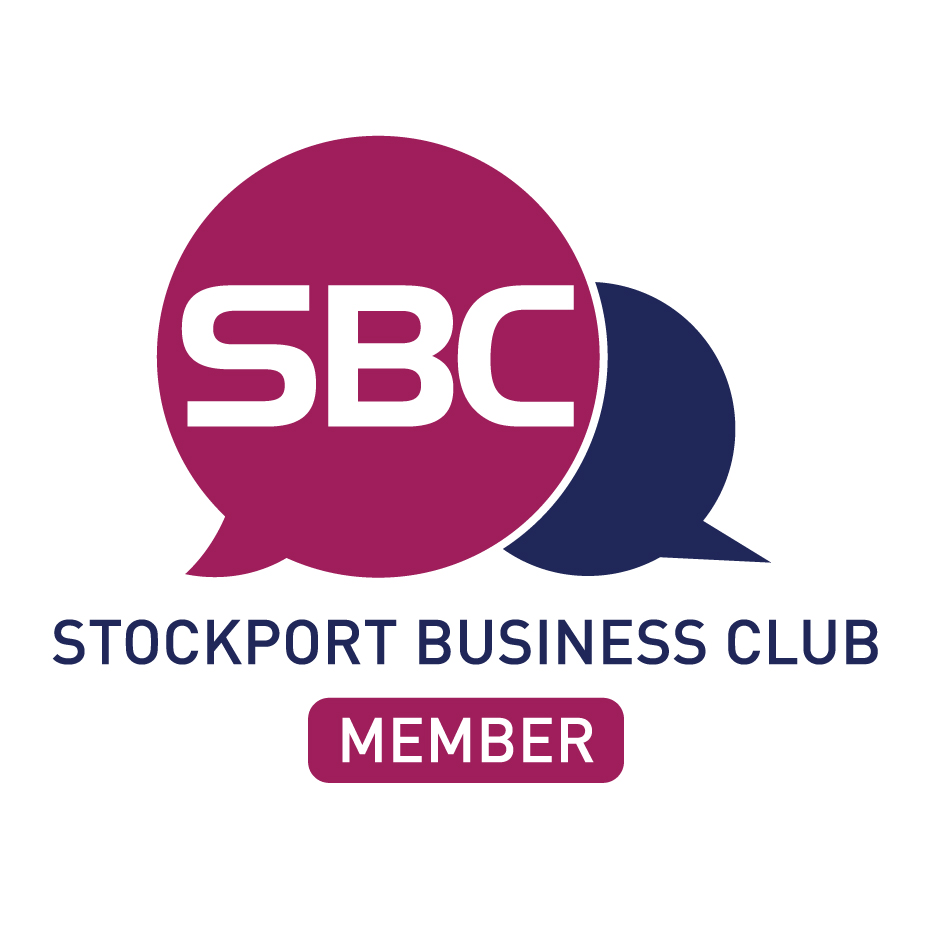Building a leaflet sandwich.. yummy!
Within our industry we come across all sorts of material that are used to advertise business, be it leaflets, menus or brochures.
We thought we’d run through some hints and tips that could help your business when designing your literature to maximise it’s impact and add value to your brand.
Colour is King
Let’s face it, from a distance you may not be able to read a leaflet or brochure but you can see the colour. So if your business branding has a vibrant and distinctive colour, use it on the cover. If however you don’t want to be that bold, you can use the colour(s) throughout the leaflet as border colours for images and text boxes. Though print processes produce differences in colour, it’s still worthwhile to do this as you have to think of your overall branding.
Name that Font
You’ve just had a new logo produced and you want to be sure to put it on everything. You’ve got a few options, the first is to use the same fonts throughout your Stationary, Leaflets and Brochure, which would give a very clean overall impression. The other would be to use a font that compliments the fonts used in the logo but is distinctive enough to convey information.
Who’s line is it anyway
We come to the sticky subject of text content and copywriting. You’ve obviously got to include text about your business, but you don’t want to bump an encylopedia into a space that won’t fit the information. The text is there to provide lead information, so it can be referred back to your website and other sources. You want enough text to get the point across but no so much as it’s not balanced and compliments the images and other graphics you might have included within the leaflet or brochure.
An image for all occasions
Not everyone can afford product photos, though it is amazing what can be done with a smartphone nowadays. But if you can’t and you want to use stock images within leaflets, be sure to make sure of the following. The image is appropriate for the purpose (don’t put a photo of a baby in a tech related leaflet). The images are of a good size (mm) and pixel (dpi) quality, this also applies to when you’re doing your own product photos too. The last thing you want is pixelation on the finished leaflet due to poor quality images.
Room to breathe
You’re excited about a new product and you want to go crazy with images and talk about it lots on the leaflet. Wait, take a step back and think what copy and images need to be included to allow the leaflet to have room enough so that information can be clearly read and images are not an after thought.
Like it, tweet it, pin it
We’re in a social media world, so if your business is on Facebook, LinkedIn, Twitter, Google+, Pinterest and other platforms be sure to put them on your leaflets and brochure. You have a variety of options though, you could just use the icons, use the icons but tailor them to your business branding, use the icons with short links (in the case of Twitter but only using the @… etc.) or use the icons with the full link. But referring back to the space and copywritten text parts of this blog, you don’t want to make your leaflet text heavy.
Having an awarding time
Firstly, congratulations if you’ve been fortunate enough to win any regional, national or social media business awards. You could decide to do a leaflet dedicated to all the awards that your business might have won, but if you have been given logos and badges why not use them within leaflets and brochures. You could also include photos of the ceremony or event. This also applies to business accreditation you might have too, if your business has been certified by any industy bodies.
I hope you have found this of interest and look forward to seeing what ideas you come up with for your business.





Recent Comments